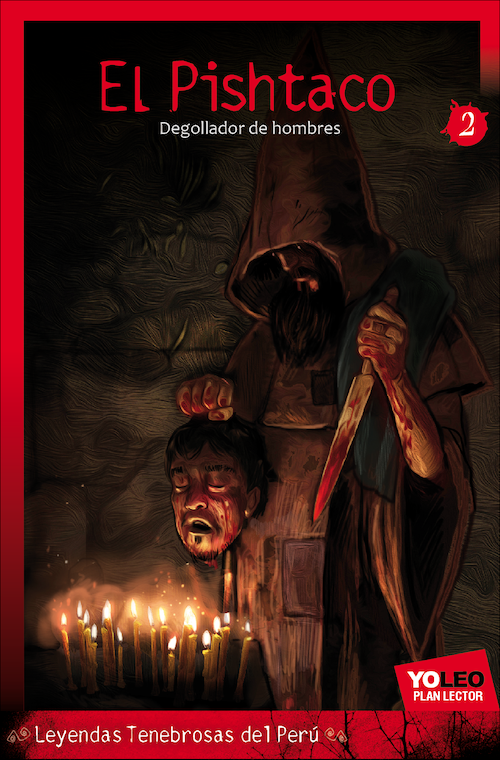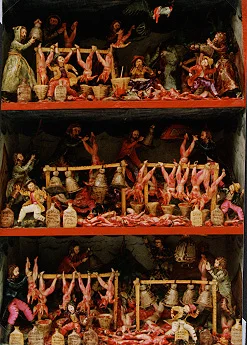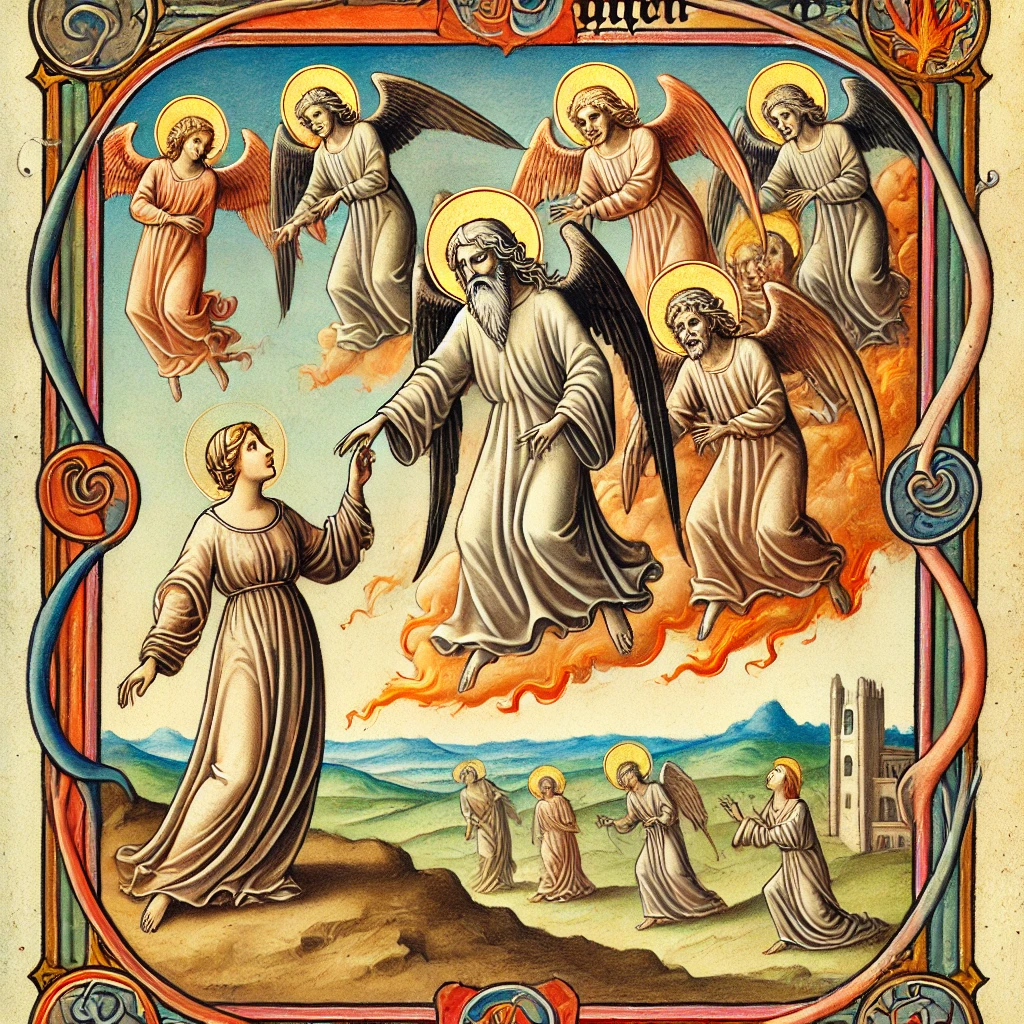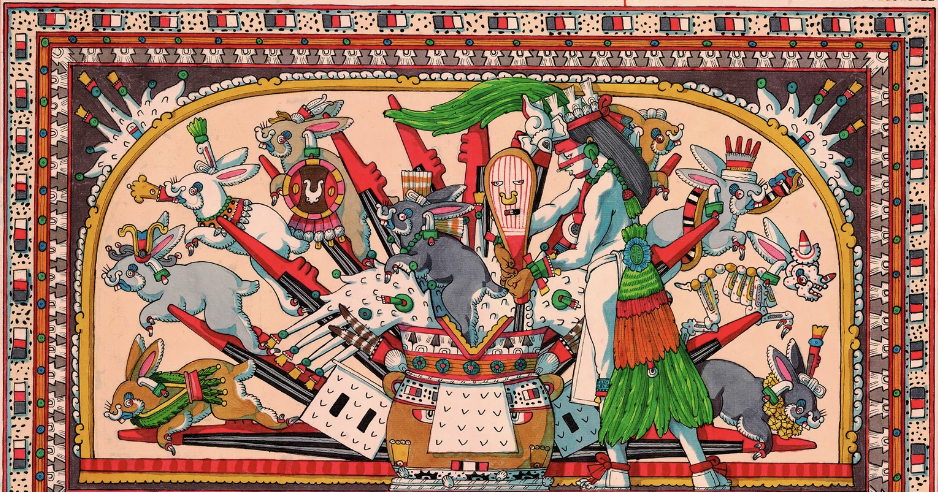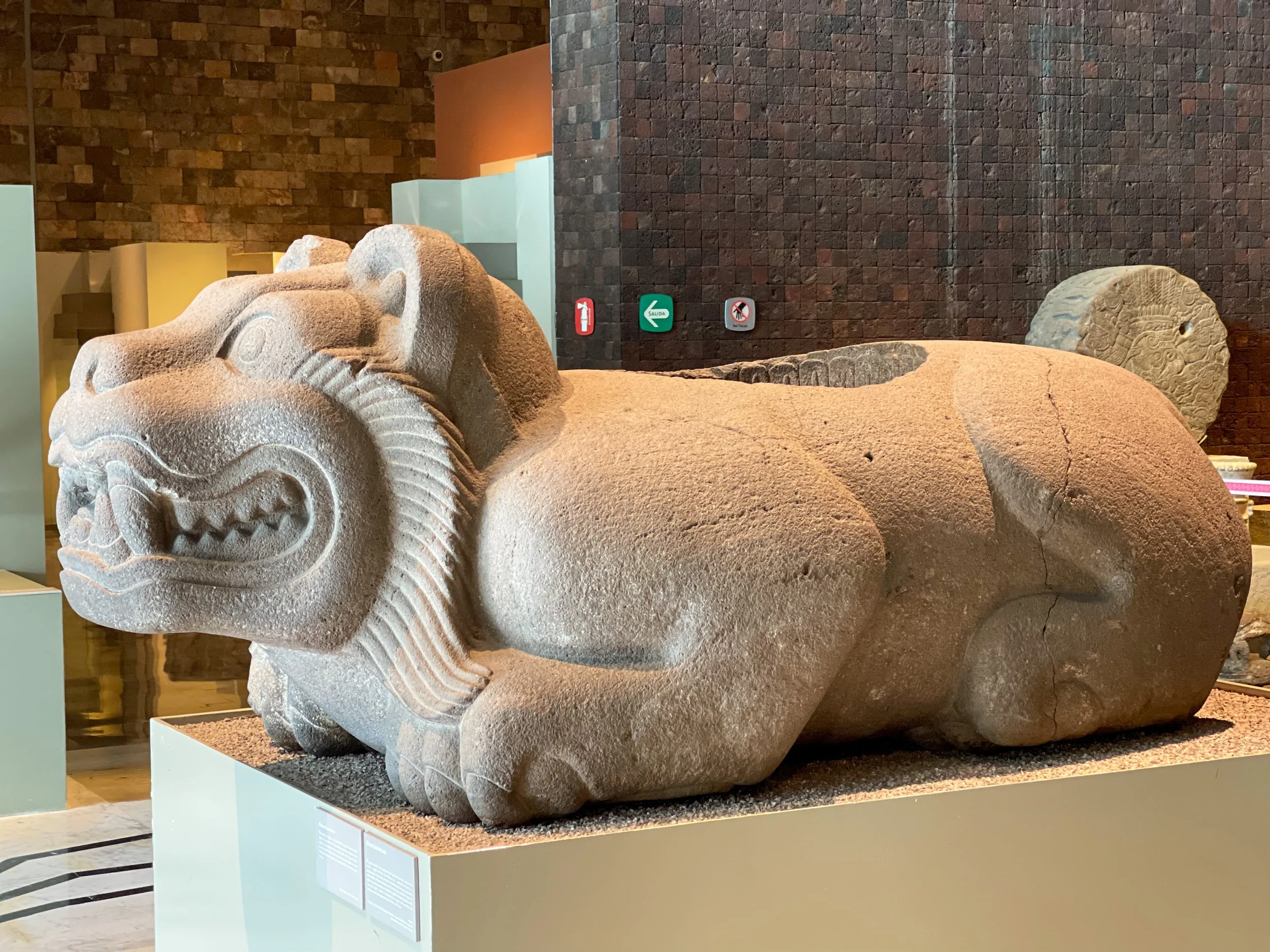A publication on the Peruvian monster, the pishtaco
Why one of the world’s creepiest vampire legends lingers to this day.
While hiking the Inca Trail in Peru, we heard stories about the monster that haunts the Andes: the pishtaco.
Despite its goofy moniker, there’s nothing funny about this vampiric creature. Its name comes from the local Quechua word pishtay, which means to behead, slit the throat or cut into slices.
“Pishtacos lure their victims into the depths of the jungle, where they…wait for it…suck out and feast upon their body fat.”
That should give you an idea what this monster does to its victims. But that’s not all.
It’s described as looking suspiciously like a white man who’s sometimes seen wearing a broad-rimmed hat.
Our guides would tell us to be wary and not to follow any strangers down a mountain path at night, for pishtacos lure their victims into the depths of the jungle, where they…wait for it…suck out and feast upon their body fat.
The legend probably derives from the arrival of the conquistadors — lighter-skinned invaders rumored to kill locals for their prized body fat.
“The first written account of pishtacos — or at least of a belief in pishtaco-like behavior — comes from the 16th century,” Daniel Engber writes on Slate. “The priest Cristóbal de Molina, a scholar of native languages and Incan culture, described a certain squeamishness among the natives living around Cuzco. They wouldn’t even deliver firewood to a Spanish home, he wrote in 1571, for fear of being killed and having their fat used as a remedy for some foreign disease.”
A retablo depicting the horrific work of the pishtaco
Modern-Day Pishtacos
Belief in the pishtaco lingers to this day. In fact, it’s been reported that the Andean people have rejected food aid, thinking it’s a ruse to plump them up to steal their fat. Honestly, from what I saw of them, their diet, which mainly consists of various varieties of potatoes, is doing a fine job of that all by itself.
A good deal of the blame lies with a gang of villains caught in 2009. The tale that arose was later considered a hoax or governmental cover-up — but it sure makes for a good ghost story.
The gang members hunted in the jungles of Huánuco, luring or kidnapping up to 60 victims, who were bludgeoned and beheaded.
Then came the grisly part: They’d hang the corpses upside-down and use candles below to melt off the bodies’ fat, which was collected in empty Inca Kola bottles. The human fat they collected was supposedly sold to supply the European beauty market.
Gathered around a campfire along the Inca Trail, far from civilization, it was easy to imagine figures lurking at the edges of the trees. We didn’t even consider investigating. –Wally

